- The Performers
- Posts
- Steal These 4 Storytelling Frameworks for Ads
Steal These 4 Storytelling Frameworks for Ads
What's up, Marketers! This is Aazar.
This newsletter is about leveling up your paid growth marketing skills by analyzing the best brands' paid strategy, tactics, positioning, and value props.
This newsletter is divided into:
Sharing what I've learned
Sometimes sharing some other performance marketers’ lessons with you
And I analyze & compare the best ads on the internet (this issue)
BEST LINKS OF THE WEEK (on popular demand)
My favorite finds
$150M Facebook Ads Expert Media Buying Tactics
I had a pleasure of downloading the media buying secrets from Marin Istvanic who spends more than $5mn/month in multiple ad accounts.
After the podcast, I applied his learnings and here are my results:
Before
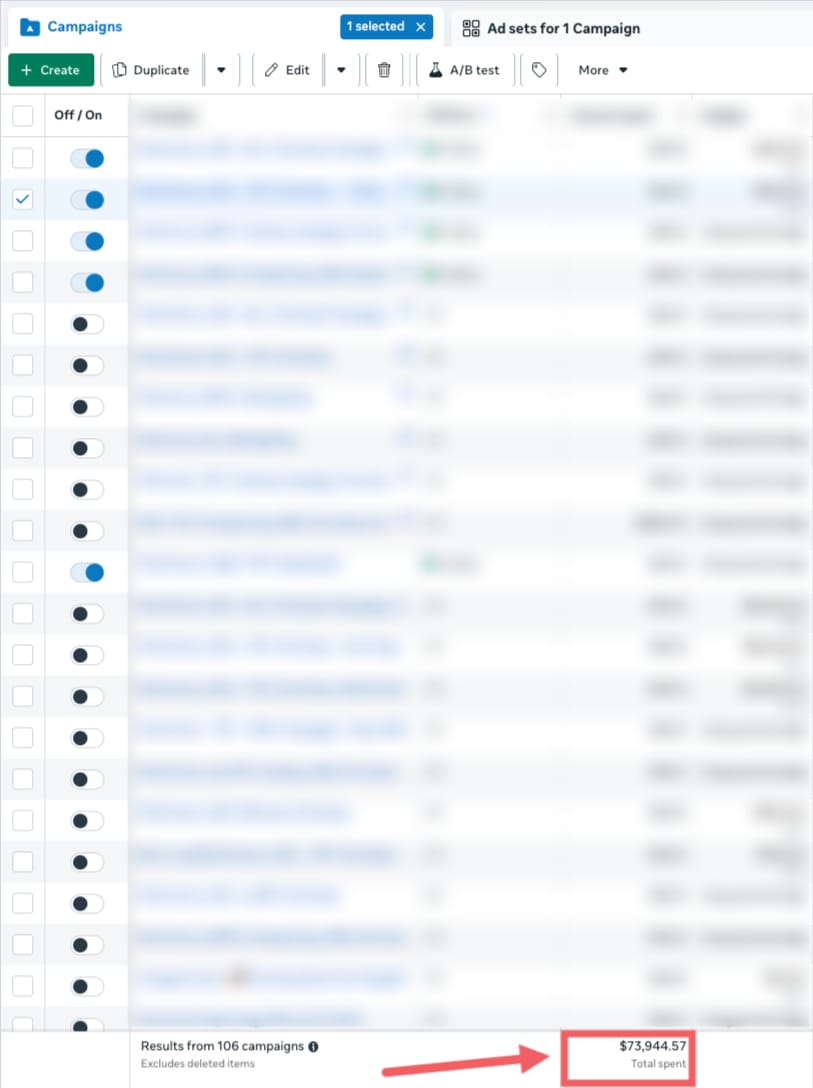
After:
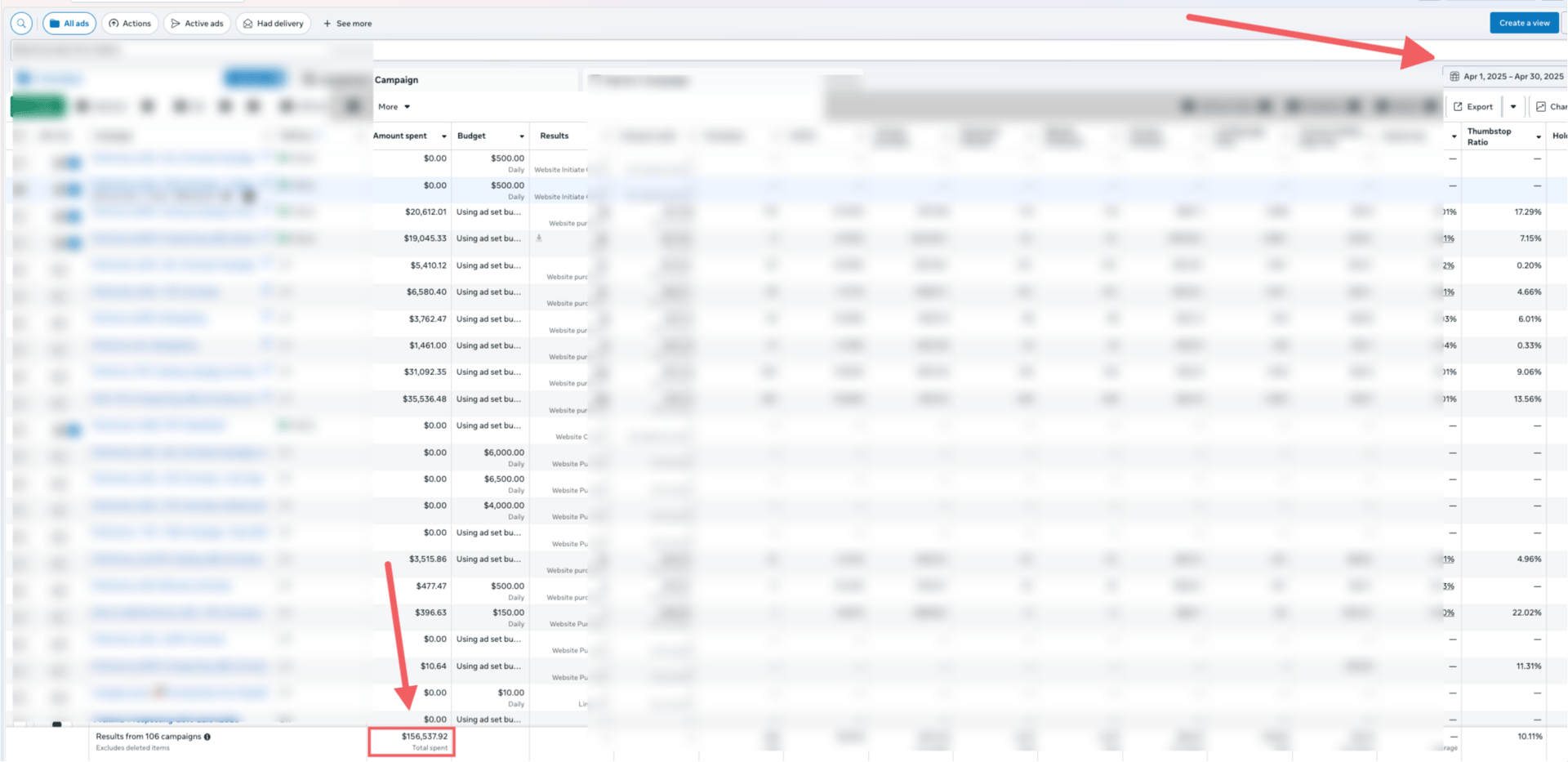
Basically, we went from $73K to $150K+ due to his tactics shared in the podcast.
I’ve always wondered:
How the hell does Netflix get me to sit through an entire movie… even when I probably can guess the end.
Somehow, I care.
I want to know what happens.
I need to see how it ends.
That’s storytelling. I know you know that.
I knew a bit about it — but I wanted to dig deeper.
So I:
Dug through top-performing ads and organic content
Broke them down like a film school nerd
Found repeatable storytelling patterns you can steal
This issue breaks down 4 storytelling frameworks from high-performing video ads — some raw, some poetic, some borderline chaotic.
Let’s break them down.
1. Framework: Mini-Movie Arc (The Fall, the Fight, the Comeback)
This one is like a mini movie.
The story grabs you. It pulls you through heartbreak, failure, and survival. And ends on resilience.
And it does all that in less than 60 seconds.
Let’s break it down:
1. Start with a character snapshot
“Meet Michelle. 29, single, unemployed, and living in a condo she definitely shouldn’t have signed for.”
You’re instantly pulled in. We’re not talking benefits or outcomes. We’re meeting someone. And that someone feels human.
2. Speed-run through the downfall
“Just last year, she was living her best life… end of her 7-year relationship… sent back to her childhood bedroom.”
It’s fast. But not rushed. The pacing reflects how quickly life can spiral.
Every line has momentum.
3. Show the rebuild
“She signed a lease in Toronto… life felt promising again… until she lost her job.”
This is where the emotional ping-pong starts. You’re rooting for her, then boom, she’s back down again.
The emotional pacing keeps you glued.
4. Insert the turning point
“Enter, content creator. After six weeks… 7,000 followers… a glimmer of hope… silenced.”
The “try-fail-try-fail” loop is the heart of this story.
No brand. No product. Just someone trying to stay afloat.
5. End with emotional payoff
“She’s lost her relationship, her job, and now her account. Yet somehow, she refuses to lose her spirit.”
“This is day one of starting over, again.”
No CTA. No advice. Just a moment of raw resilience. Makes you feel it.
Why it works
Character-driven. You’re not watching a sales pitch. You’re watching Michelle’s life.
Every visual matches the voiceover. It’s not B-roll fluff, it’s story alignment.
Ends with hope. It mimics real life and holds attention.
How to Reuse This Framework
Introduce your character in one sentence: “Meet [Name], [age], [situation]…”
Speed through the downfall: “Just months ago, they were [up high]… until [it all crashed]…”
Show the rebuild: “They tried [something new]… It worked. Then didn’t. Then maybe…”
Reveal what they’ve lost: “They lost [X], [Y], and even [Z]…”
Deliver the emotional close: “But they didn’t lose [hope/spirit/drive]. This is day one of starting over.”
2. Framework: Crisis-to-Relief Story (Lead with Panic, End with the Fix)
This ad flips the typical order.
Instead of starting with the product, it starts with panic.
You feel the pain first. Then comes the reflection. Then the solution.
Let’s break it down:
1. Start with a real-life scare
“My son smashed his head on a table during a family trip to Canada…”
You’re instantly hit with a jolt of emotion. You don’t need to be a parent to feel this.
And it gets worse:
“€1,000 emergency room bill. Five hours later.”
This is high-stakes. And totally believable.
2. Insert the unexpected relief
“But my overly insured German husband made sure we got travel insurance before we left.”
Relief, humor, and a turning point. The narrative shifts.
Suddenly, what felt like a disaster becomes a teachable moment.
3. Deliver the “Why didn’t I know this?” insight
“Most public health insurance stops at the German border…”
“Most travel insurance doesn’t cover USA and Canada…”
“30% of people haven’t even thought about getting it…”
These stats and warnings aren’t boring—they hit because you just felt what could go wrong.
4. Introduce the product casually
“I can definitely recommend GetSafe if you’re looking for travel health insurance…”
The brand isn’t pushed—it’s placed gently inside a lesson. That’s what makes it believable.
5. End with a light but clear CTA
“Try not to have any accidents.”
Funny. Human. But the message is clear: Don’t skip this.
Why it works
Emotion-first storytelling: You feel the urgency at the start of the video
You learn something valuable. She is sharing a real story and clear tips
No hard sell, just shared relief. The tone feels like a friend giving advice.
How to Reuse This Framework
Open with a real scare: “My [child/spouse/self] had a [problem] while [traveling/living/doing X]…”
Reveal the unexpected expense or chaos: “We were hit with a $[number] bill / massive delay / unexpected problem…”
Show the turning point: “Luckily, we had [product/plan]…”
Deliver 2-3 tips based on that experience
Introduce the product as your go-to
End with a soft, human CTA: “Try not to have any accidents.”
Thanks to our partners who support this newsletter.
Tools worth checking out:
Atria: You're only as good an advertiser as your swipe file. Atria helps save good ads and analyze them in-depth. But the best part? Their AI helps me create concepts and scripts within seconds. Check it out for free. Most importantly, they now have built-in ad analytics to make more winning ads.
Creative OS: Don’t waste your designer’s time in copying swipe files. Get all static ad templates to increase your experiments and ad creatives’ velocity. Check it out here.
3. Framework: The Hook Heist (Start with drama sell with proof)
This one opens with drama about the hook itself.
“Is it possible to change a 200 billion dollar— He used it! He used my hook!”
That’s a pattern interrupt, plus social proof, plus ego bait, all in one second.
Then it flips into a narrator-led character story that’s funny, self-deprecating, and ends with a clean money model and a dead-simple CTA.
Let’s break it down in the same structure:
1. Start with meta-drama
“He used it! He used my hook!”
You’re instantly in the middle of something. It’s reactive. It’s chaotic. It’s also proof that his hook works so well others are stealing it. That’s credibility without saying “I’m credible.”
2. Introduce the protagonist with a jab
“This is Mino. He is jobless and he spends all day making TikToks.”
Blunt. Funny. Disarming. You like him because he’s roasting himself. That makes the later success moments feel earned, not braggy.
3. Stack proof fast
“Grew four accounts to 100k.”
“Sold these hacks to 1,000+ people.”
“Helped many reach 100k too.”
Rapid-fire receipts. You don’t get bored. You get convinced.
4. Reveal the mission
“He wants content creation to be seen as a real job so he feels less lonely being unemployed.”
Vulnerable and funny. It humanizes him and gives the ad a bigger purpose than money.
5. Clarify the money model in 2 paths
Brand deals
Sell your own thing
Simple. Actionable. This is the part people screenshot.
6. CTA with price and a memorable keyword
“$97 a month. Comment ‘unemployment’ to get started.”
Clear. Low-friction. The keyword is on-brand with the roast tone, so it sticks.
Why it works
Meta-hook = instant attention
“He used my hook” is both conflict and social proof.
The Voice over keeps momentum. The edits match every beat.
The hook sets up the whole story
CTA that aligns with the joke
“Comment unemployment” is memorable and on-theme.
How to Reuse This Framework
Open with meta-conflict: “He just stole my hook.”
Introduce the character with a jab: “This is X. Technically unemployed. Dangerous with TikTok.”
Stack credentials fast: “4 accounts to 100k. 1,000 students. Real results.”
Reveal the mission: “Wants X to be seen as a real job so Y doesn’t feel like Z.”
Give the clean playbook: “Two ways to make real money: A or B.”
Close with a sticky CTA: “It’s $[price]. Comment [funny keyword] to join.”
4. Framework: Green Screen Case Study Breakdown (How They Beat a Solid System)
Caveat: This is not an ad but I take inspiration from this account to tell stories for my customers in ads.
This video combines two powerful formats:
The visual authority of a case study
The casual relatability of a creator breaking it down on-screen
And it uses one of the hottest ad formulas right now, “Here’s how this unknown thing disrupted a huge industry”.
Let’s break it down:
1. Open with a status-punch
“This is Eric. And he just broke the $250 billion creator industry using guerrilla marketing.”
It sets the stakes.
Big industry. Big claim. Big curiosity.
You don’t need to know who Eric is, you want to know how he did it.
2. Pose the central question
“So how’d this unknown startup get the world’s top creators promoting their product for free?”
It’s not a flex. It’s a mystery.
The format invites the viewer to stay and learn how.
3. Break it into 3 surprising tactics
Each one builds momentum and showcases creative risk-taking.
#1: Hand-to-hand combat
Cold emails. Cold calls. IRL networking. No hiding behind content.
#2: Billboard hijacking
Turned every customer into a public celebration → creators shared it themselves.
#3: Earned media through in-house podcast
Interviewed ideal customers and told their raw, emotional stories.
Built brand equity and scaled YouTube without spending on ads.
4. All of it framed with zero paid media
“No influencer marketing. No paid ads. Just shareable moments.”
This is key. It’s not about budget. It’s about clever execution.
5. End with soft CTA
“So if you want more on all things creator marketing, follow along.”
No hard sell. Just ride the momentum and stay curious.
Why it works
The green screen + narrator format feels native to TikTok/Shorts/reels.
Feels like a mini case study you’d send to a team or save for inspiration. (This helps you go viral)
Leverages an underdog vs system narrative
Everything Eric did is something that could be replicated or adapted. That’s why people stick around
How to Reuse This Framework
Introduce your disruptor in one line: “This is [Name]. The unknown founder who broke into a $X industry doing [unexpected thing].”
Set up the big question: “How did they get [huge result] without ads, influencers, or a massive budget?”
Break it into three bold, tactical moves:
“First, they [unexpected, scrappy move]...”
“Then, they [public or attention-grabbing stunt]...”
“And finally, they [created a long-term content engine or earned media asset]...”Reveal what they didn’t rely on: “No paid traffic. No traditional influencer marketing. Just moments people wanted to share.”
Land with a light-touch CTA: “Want more stories like this? Follow along.”
Happy Growing with Paid Social,
Aazar Shad
Since this newsletter is free, I do it to follow my curiosity. But I’d love it if you could leave some feedback so I know if I am helping you or not.
What did you think of this newsletter? I appreciate your feedback! |
Three ways I can help you, whenever you are ready:
Work with me to get you growth from paid marketing. Book a call here. I’m open to more clients now.
Level up your paid marketing by joining my community, where we share the latest tactics and get nuanced paid marketing questions answered here (we are now 90+, but there is a waitlist to join).
Promote yourself to 14,000+ highly qualified paid marketers by sponsoring this newsletter. Advertise here.
P.S. I am loving Atria AI’s new image generator. It’s probably the best one out of all the AI image generators I have tried. This scares the sh** out of me, but I am happy it can help me launch a huge volume of ads.
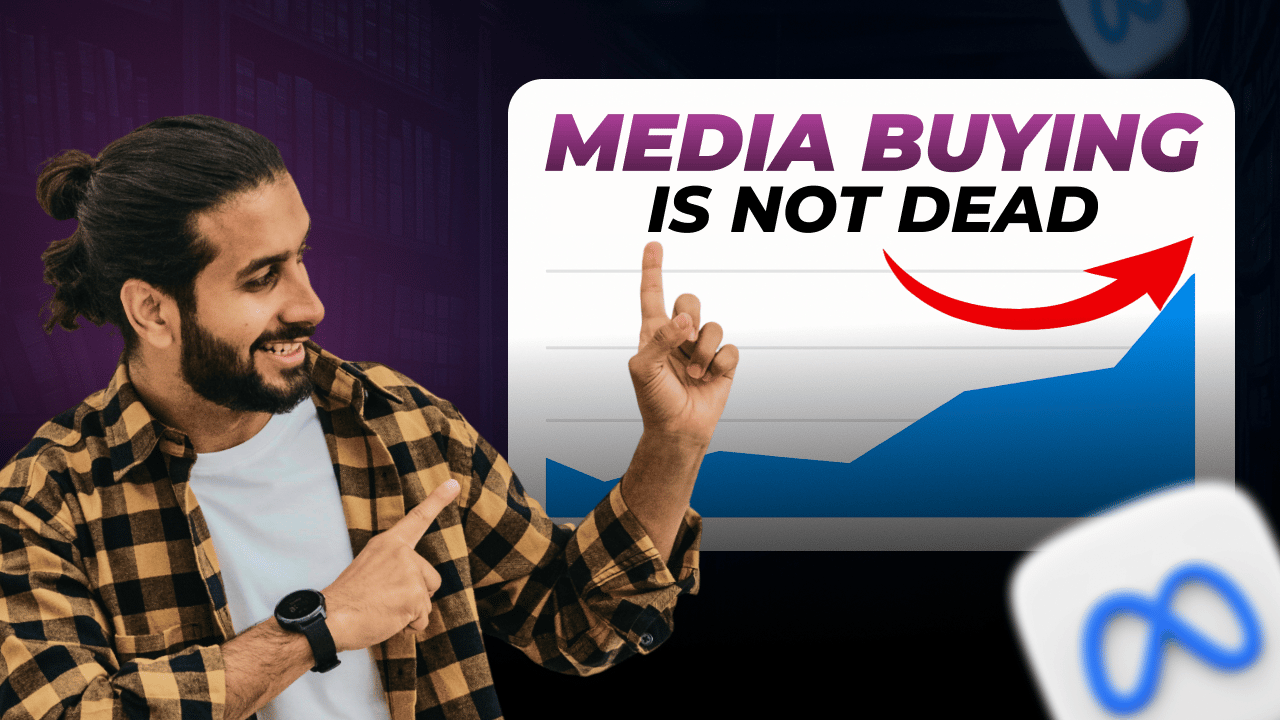
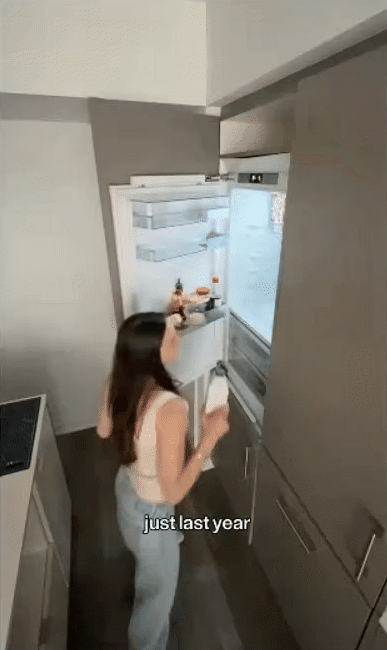
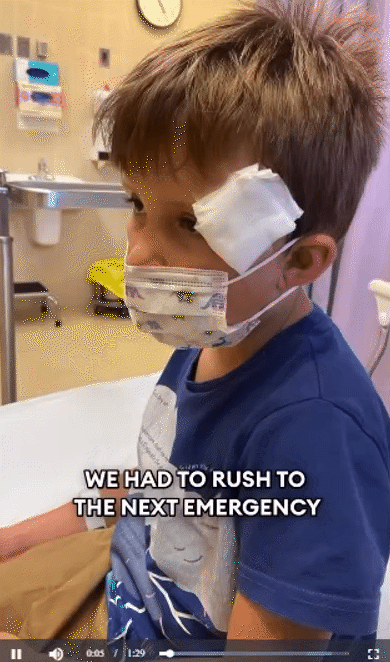
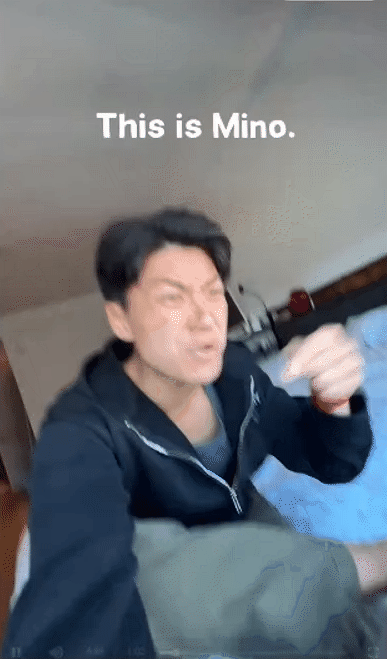
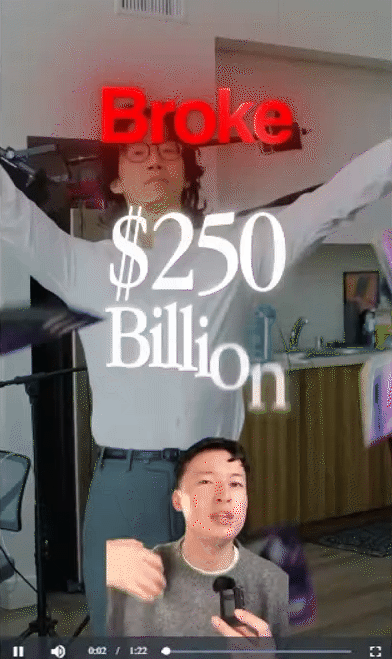
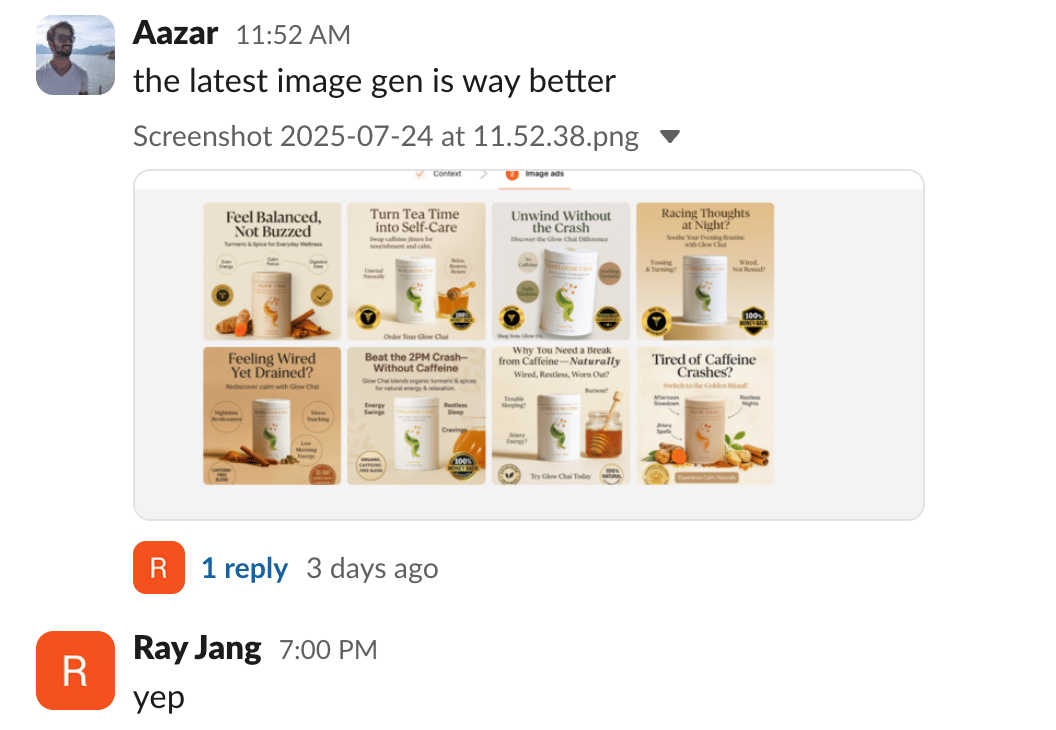
Reply